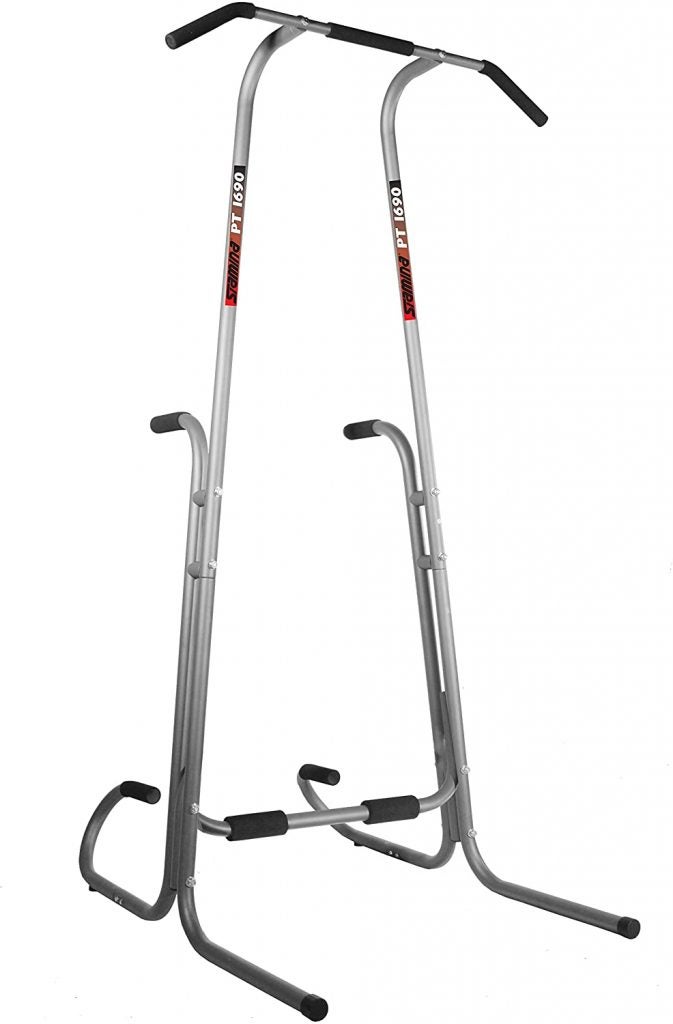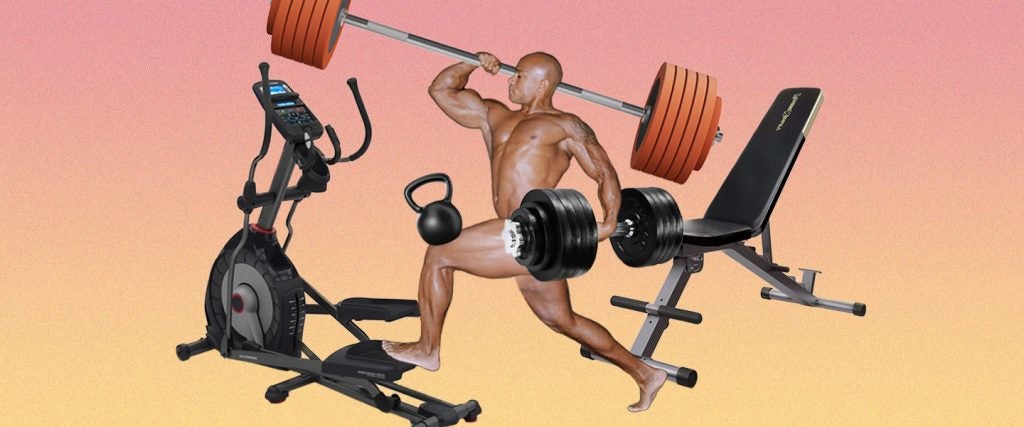In the early aughts, guiding personal training clients through supersets was on the list of quick and advised ways for trainers like me at Bally Total Fitness to finesse clients into believing that we were specialists at this exercising business, even if several of us were part-timers in school for other professions and never had the first real clue what we were doing. (Sadly, Bally often prioritized the ability of its trainers to sell training sessions over possessing the knowledge to actually supervise those sessions effectively.)
As such, our clients would typically conclude their workouts by saying things like, “Man, that four-exercise superset Joe put me through today was killer!”; “Ed had me running all over the place during that superset today!”; and “Danielle had me supersetting with the tricep rope until I couldn’t do another rep if I tried!”
If you’re familiar with what a superset is, you can probably recognize why all of these statements don’t involve any supersetting at all. However, if you’re new to this, a little more explanation might be in order.
Okay, you got me — I’m part of the first group. How come what they’re saying means they haven’t really done a superset?
In my experience, supersetting is usually utilized to either train two opposing muscle groups, or to provide added focus to one specific muscle group.
A quick example is visible in the arrangement of one of my favorite home-training devices on the planet — the Power Tower. Pull-ups and dips collectively place a ton of attention on the back and biceps and chest-and-triceps, with some attention also on the anterior and posterior deltoids in the shoulders. By performing these two exercises in a back-to-back fashion with no breaks — which is very easily accomplished given the configuration of a Power Tower — you can heavily fatigue the muscles of the upper body while engaging most of its primary movers rather directly.

What, then, is wrong with a four-exercise superset? A few things. First of all, when running through a string of four exercises, you start to lose some of the precision of targeting sets of muscles in logical sequences. For instance, if you wanted to superset skullcrushers with very close-grip bench presses by incorporating an EZ curl bar, not only does that sequence make sense to obliterate your triceps — as you get every ounce out of your extensions and then engage your chest for added support as you drain any remaining strength from them — but you can transition from one exercise to the next without ever moving your back from its position on the bench. Everything about this progression makes rational sense.
Now, where would you logically go from here? You’ve already wiped out your triceps with consecutive exercises that collectively lasted anywhere from 30 seconds to a minute for a single extended superset. It would be very difficult — and potentially dangerous — to keep drawing water from that well without giving your muscles adequate time to rest. Finally, even if you wanted to call this a superset and execute it like one, your exhausted state is likely to prevent you from executing quality reps. At best, you’ll probably end up dragging yourself through what amounts to a circuit-training session of abysmal quality.
Understood. So what was wrong with the scenario where the trainer had the client running around?
Because this isn’t in the spirit of what a superset is intended to accomplish. If a personal trainer sends a client off to walk, run, swim or do jumping jacks in between resistance sets, that’s usually considered to be active rest or active recovery. None of these activities are intended to train a muscle group; they’re simply a way to introduce an additional element of fatigue. Admittedly, this can elevate the total number of calories burned, and by maintaining an elevated heart rate, it may even help you effectively inject 15 to 20 minutes of substantive cardio work into what would otherwise have been a very ordinary strength-training session. However, it absolutely does not qualify as a superset.
Got it. And what about the tricep-rope scenario?
Gradually reducing the weight of an exercise until you couldn’t possibly do another rep is known as a drop set. It usually doesn’t entail transitioning from one exercise to another; you would lower the weight of the same exercise in order to increase the intensity of your muscular fatigue by training to failure at each declining weight.
It’s a very valuable training practice that I engage in frequently, but it definitely doesn’t qualify as a superset.
Makes sense. So how do I superset effectively?
A good place to start is by having an exercise situation or a performance goal in mind that requires you to superset. If you’re short on time and believe you can benefit from training opposing muscle groups in quick succession, or you’re hyper-focused on wanting to squeeze every last drop of power out of a muscle group, supersetting may be an optimal strategy for you.
Conversely, if you’re just an average Joe wanting to get in shape, chances are that supersetting won’t be of much use. In those instances, it’s far better to concentrate on learning how to properly complete each individual exercise to failure for an entire set rather than becoming so preoccupied with keeping enough energy in reserve to continue your superset that you end up completing substandard versions of two different exercises.
I assure you, there’s absolutely nothing super about sets like that.

